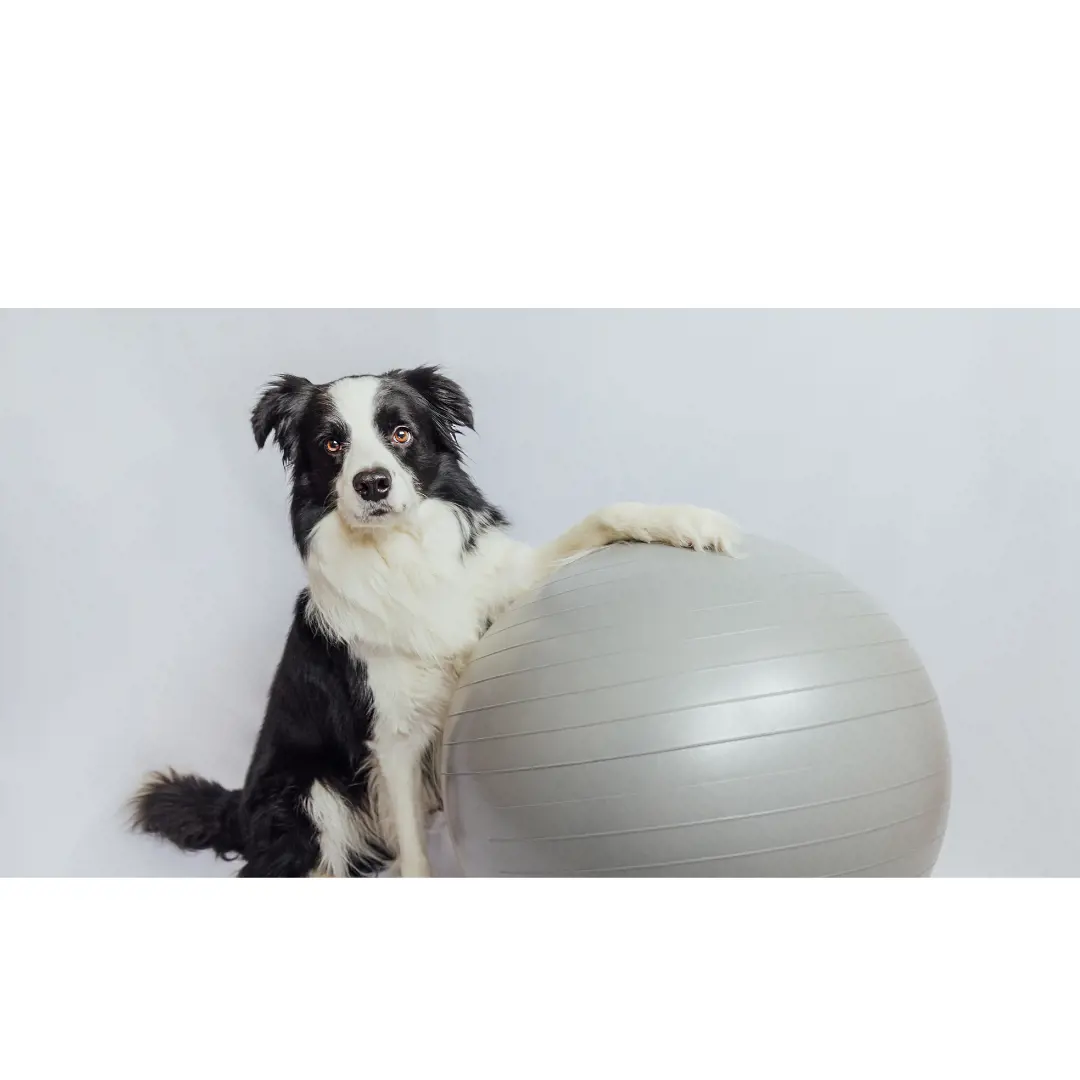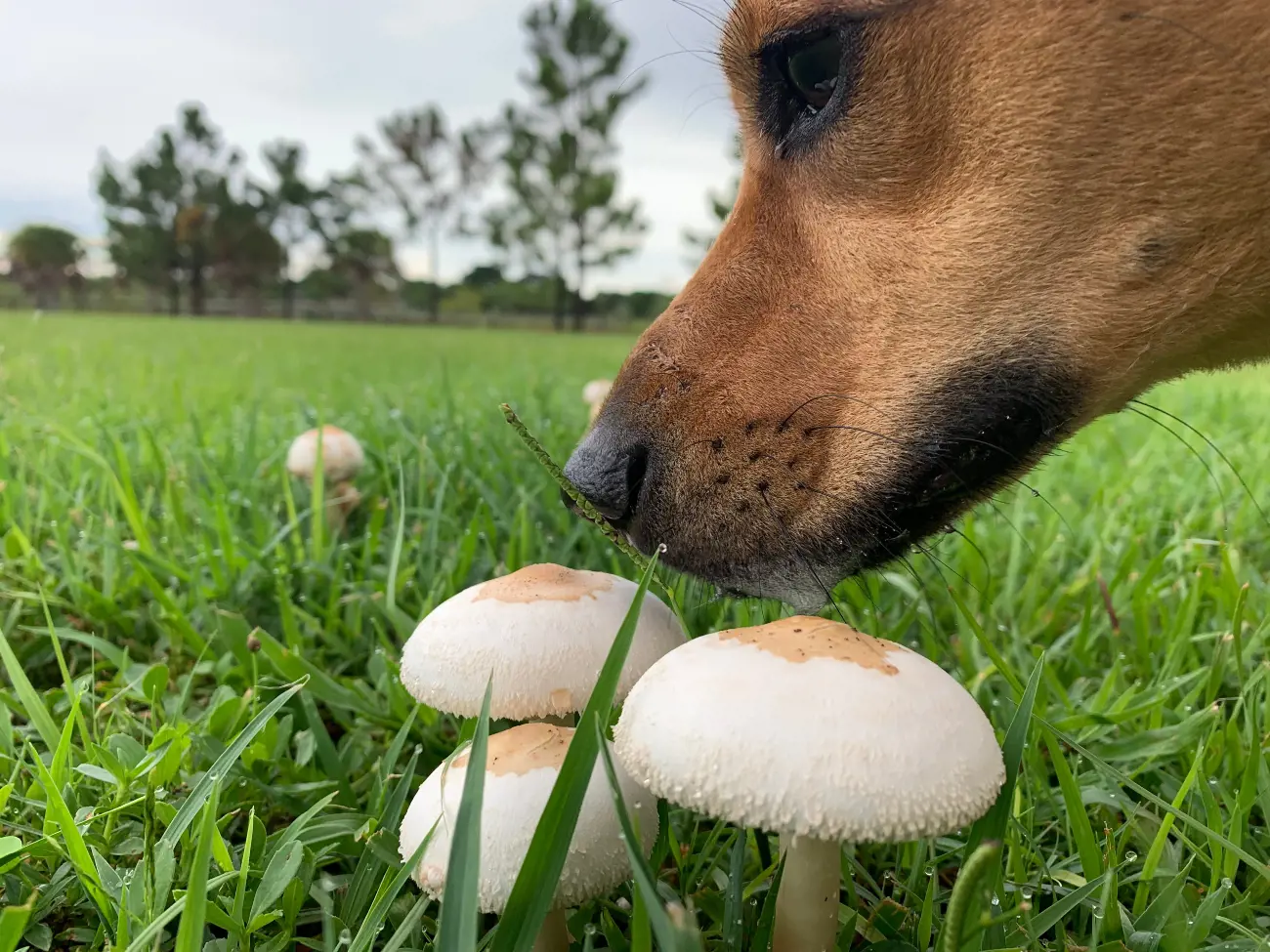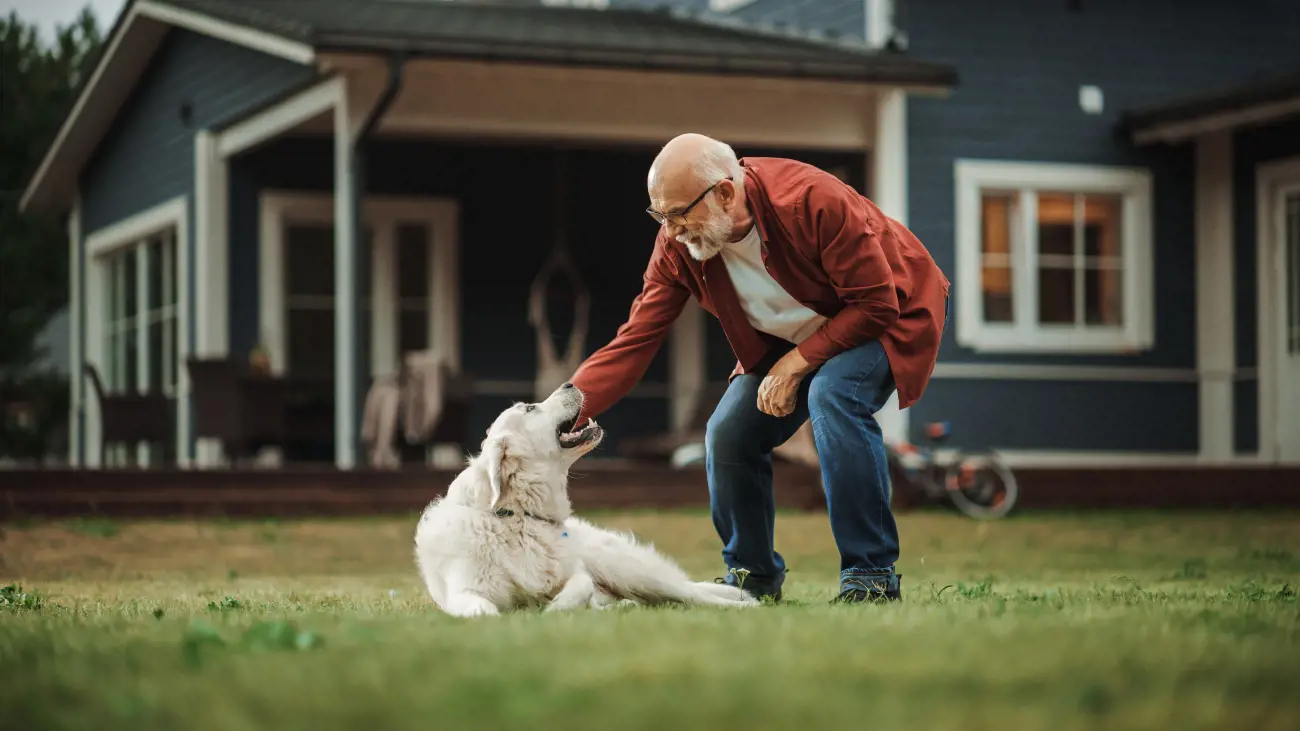Understanding and managing arthritis in dogs
27th November, 2024

Table of Contents
- What is degenerative joint disease in dogs?
- Causes and risk factors
- Risk factors for DJD
- Diagnosing arthritis in dogs
- Treatment options
- Managing your dog’s joints
- Lifestyle changes for a comfortable life
- Exercise and activity modification
- When to contact your vet
- Outlook and prognosis
- Cost of managing arthritis
- Reducing the risk of arthritis
What is degenerative joint disease in dogs?
Canine arthritis, also called osteoarthritis, is a common cause of stiffness and lameness in older dogs (as well as their humans!). Around 80% of dogs over 8 years old have DJD, and 35% of the overall population.
Arthritis means inflammation of the joints. Although there are several types of arthritis, DJD is the most common. It can impact any joint with moving parts, including limbs, back and neck.
Symptoms
- Stiffness, particularly after lying down for any length of time.
- Limping
- Losing enthusiasm for walks; unable to go as far.
- Losing muscle and body condition
- Pain: whimpering with some movements, sleeping more
Causes and risk factors
DJD is also referred to as ‘wear and tear arthritis’, which gives a pretty self-explanatory description of how and why it happens. Your dog’s joints wear down over time. The cartilage cushion inside them wears away. Pieces of cartilage may flake off into the joint. Bones start to rub painfully against each other.
Risk factors for DJD
Any dog can get arthritis as they get older. Age is the biggest risk factor. But other factors make arthritis more severe or more likely to develop at a younger age.
- Joint injuries and damage: Breaks, dislocations, sprains; a past joint operation; infections.
- Breed: Medium to large breeds, like Springer spaniels, Labradors, Golden Retrievers, and Bernese Mountain Dogs.
- Weight: Being overweight puts additional stress on joints. But fat also releases harmful chemical messengers, which trigger inflammation.
- Birth defects or growth problems: Hip dysplasia (poorly-fitting hip joints), patellar luxation (slipping kneecaps), elbow dysplasia and osteochondrosis dissecans or OCD (diseased cartilage).
Diagnosing arthritis in dogs
Your vet will ask some questions about the changes in your dog’s health and conduct a physical examination. They’ll check how well the joints move and how comfortable they are.
Further tests to investigate arthritis and its severity.
- X-rays: Usually the first step; Your dog will need a sedation or anaesthetic to make them sleepy, safe and comfortable for this.
- Advanced imaging: CT or MRI for complex cases.
- Arthroscopy: Inserting a tiny camera into the joint for inspection.
- Joint tap: Testing joint fluid for signs of inflammation or infection.
- Blood tests: Checking general health and suitability for arthritis medication.
Treatment options
There are multiple options to treat DJD. And some key factors to bear in mind when treating your dog’s arthritis:
- Individual responses to treatment vary: Just like humans, dogs respond differently to the medications. So, what suits one dog may not be right for your furry friend.
- Treatment evolves: The ‘right’ medicine may change over time. It often takes a combination of more than one type of treatment for the best result, particularly as DJD progresses.
- Consistent pain management is crucial: It’s essential to manage pain consistently and to keep on top of it. Stopping medication early because your dog seems better only results in the condition becoming even more painful and difficult to treat.
Medical treatment
Most dogs with DJD take daily medicine by mouth to control the symptoms, including tablets, capsules and liquid medicines with food.
- Non-steroidal anti-inflammatory drugs (NSAIDS): reduce pain and inflammation.
- Other pain relievers: such as opiates, gabapentin, paracetamol; medicines that target pain signals at brain level
- Monthly injections: for example, Librella® - An antibody treatment that blocks the chemical messengers which signal pain.
- Joint supplements: Veterinarians may recommend joint supplements as part of a comprehensive approach to alleviate pain and improve mobility, in addition to medications and special diets.
Surgical treatment
Three types of surgery help manage DJD in dogs:
- Preventive: Delays the onset of arthritis due to poorly fitting or damaged joints.
- Stabilising: Slows the progression or controls the pain of arthritis. For example, ligament repair for cruciate tears (the footballer injury!)
- Salvage: Eases pain, without preserving the joint - examples include total hip replacement; removing the top of the thigh bone (excision arthroplasty); joint fusion (arthrodesis) so the bones can't move and cause pain.
Other treatments
- Injections into joints - stem cells, steroid anti-inflammatories
- Arthroscopy - keyhole surgery to remove damaged and loose fragments of cartilage
Managing your dog’s joints
The best way to minimise the impact of your dog’s arthritis and alleviate pressure on your dog's joints is to keep them slim, with a healthy body condition. More than half of UK dogs are overweight. Use a body condition score chart to assess your dog’s shape.
- A special prescription diet: Supports overall health and joint care.
- Nutritional supplements: May slow down joint degeneration and support other treatments. Look for ones containing green-lipped mussel extract
- Complementary therapies: Options like physiotherapy, hydrotherapy, osteopathy, laser treatments.
Lifestyle changes for a comfortable life
Some home and lifestyle adaptations can improve your dog’s quality of life:
- Cover slippery floors, such as, raised food bowls
- Adapt steps and stairs: Provide a ramp or use a sling harness to support your dog
- Find a suitable bed: With easy access and a manageable height. A deep soft, but supportive bed is comforting
- Heat pad: Help reduce muscle spasms and provide a soothing sensation. Apply a heat pack to stiff joints for 10 minutes before exercise.
- Adapt exercise routines but keep them regular: Maintaining muscle strength supports joints, but avoid over-exercising or sudden increases, as these can worsen DJD.
Healthy joints have smooth bone surfaces that allow for easy movement. In arthritic joints, the degradation of cartilage leads to bone surfaces rubbing against each other, causing pain and decreased mobility.
Exercise and activity modification
Exercise and activity modification may be components to consider when managing arthritis in dogs. High-impact activities can exacerbate the condition, so it may be worth considering modifying their exercise routine accordingly.
Here are some tips for exercise and activity modification:
- Shorten the duration and frequency of walks but maintain regularity to prevent stiffness. Consistent, gentle exercise helps keep your dog’s joints moving without overstraining them.
- Limit high-impact activities such as running, jumping, and agility training. We understand that it's difficult to stop your dog from enjoying, well, being a dog! However, gentle walks and stepping back from any dynamic training/exercise may help to ease the pain.
- Opt for low-impact exercises like swimming, gentle trotting, or short playtime in the yard. Swimming is excellent as it supports your dog’s weight while allowing them to move freely.
- Consider physical therapy, such as hydrotherapy or massaging the inflamed areas. Physical therapy isn't limited to just these two options, however, maintaining regular movement within your dog's joints without major impact is the main goal here.
Gradually introduce new exercises to prevent sudden strain on the joints. Slow and steady changes help your dog adapt without causing additional discomfort.
When to contact your vet
While symptoms of arthritis may come on gradually, things can sometimes take an abrupt turn for the worse.
Call your vet if your dog:
- Worsens, despite treatment
- Has vomiting, diarrhoea, or stops eating (especially if on arthritis medication)
- Drinks or pees more than usual
Urgent: Contact your vet immediately if your dog shows severe pain, can’t use a limb, or struggles to stand.
Outlook and prognosis
Long-term management of DJD
With proper management, most dogs will continue to enjoy a great quality of life for years. And well-controlled arthritis won’t shorten their lives. But DJD is a progressive disease that will gradually worsen with time. Progression depends on age, the underlying cause, and how well the condition is managed.
The time may come when DJD severely impacts your dog’s quality of life. When this happens, all any of us can do is think about what’s best for our beloved four-legged friend. Euthanasia - a peaceful, dignified escape - may be the kindest choice.
This guide can help assess your dog’s quality of life: VetMetrica HRQL.
Cost of managing arthritis
Treatment for arthritis can be costly. Ideally, insure your dog as soon as you get them, before any signs of illness appear, so you have the support you need for their care.
Discuss any concerns about treatment costs with your vet and share what you feel is best for your dog. There are often multiple treatment options available, and if one isn’t suitable for you and your pet, your vet may be able to suggest an alternative.
Reducing the risk of arthritis
Unfortunately, DJD is part of the ageing process, so it’s impossible to completely prevent it. Steps to reduce the risk include:
- Weight management: Obesity is an illness and requires lifelong care with support from your vet or a vet nurse weight clinic. Maintaining a healthy weight and focusing on weight control can help reduce the risk and delay the symptoms of age-related arthritis.
- Exercise management: Avoid over-exercising dogs under 6 months old (under a year for large breeds). Ask your vet for tailored advice.
- Neutering timing: Early neutering may increase arthritis risk in some breeds. Consult your vet when planning to neuter your puppy.
Early diagnosis and prompt treatment are essential for the best outcomes. Always consult your vet if you notice changes in your dog’s mobility—arthritis awareness is key to a happy, comfortable life for your dog.
Source: Joii
Purely Pets customers have access to Joii Pet Care included as part of their existing policy offering 24/7 access to video consultations with qualified vets. Download the Joii app today!
Helpful Pages
Recent Posts
Pet Insurance Quote
- 98% claims paid *
- Claims paid directly to vets
- 24/7 vet video consultations
- Interest free monthly payments




